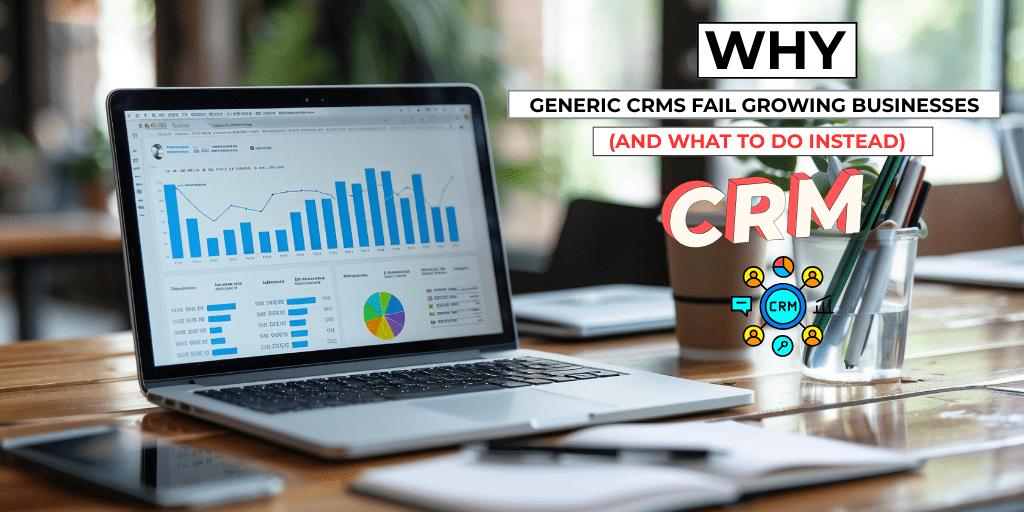Blog Detail
How to Use Social Media for Your Business
Social Media for Your Business
Sep 14 2017

A step-by-step guide to set and use Social media for your business.
1. Define your Objective
There is little difference between social media objectives and social media goals. An objective comes before goals that mean what you want to achieve by Social Media. It could be anything like being brand awareness, business conversions, online reputation management, etc. Once an objective is established, your social media goals represent how and when you’re going to achieve it. Goals are all about specifics.
2. Checklist for setting a goal
After setting the objective, we’ll recommend you to use the S.M.A.R.T goal technique. S.M.A.R.T means specific, measurable, attainable, relevant, and timely.
• Specific
Are you looking to increase your social media reach? But what does that actually mean? How many followers do you want? 50,500 5000? And on which social network? Facebook? Twitter? Instagram? If the goal is too unclear, you’ll never really know where you’re heading. By having goals that are clear, specific, and not open to interpretation, you’ll save time and effort, and get closer to your ultimate endpoint.
• Measurable
If you can’t measure what you are hoping to achieve, your goal is not specific enough and is likely not to contribute to your business. You need to be able to identify your progress and check whether your efforts are giving you results or not.
It may happen that you want to use social media as a channel for customer service. How can you know how well it’s working? By measuring the Facebook page popularity or an increase in tweets? Or decreased phone queries and emails over the span of a few months? When it comes to success, the numbers matter. Don’t just know you were successful but also know how successful you were.
• Achievable
Always keep a record of your past social media campaign. If possible then use the latest tools and reports which make reports and analyses as per your data. This will help you to understand where you were in past and where you can go. Use that information to set aims that are within your reach. If you have been able to reach your previous goals. Then you can believe that you can do this time also. By analyzing previous data of accomplished goals, you’ll be able to put your best foot forward on social media, rather than look puzzled while getting to achieve a poorly chosen mark.
• Related
If you are using social media to build your mailing and contact list then social media channels are a great way to gather qualified leads. If this is your goal, then it makes more sense to put more effort into using social media to drive the audience to your website than staying on top of your Instagram mentions. Make sure your goal is related to your business’s success.
• Timely
Always be committed to completing your goals by the given time. By setting the deadline, you will be always focused to achieve your goal within the given time limit.
S.M.A.R.T. goal example:
Suppose, if one of your commercial goals is to drive more product sales and you are using Twitter to showcase your products using Promote Tweets then a simple, S.M.A.R.T. social media goal might look like this:
“We will add 50 new followers on Twitter per week.”
That goal is specific, measurable, attainable, relevant, and timely. Remember, S.M.A.R.T. goals are only truly smart if they contain all five characteristics. If you’re missing the timeliness factor, for example, it’s difficult to determine how successful a social campaign or strategy really was.
3. Do a social media assessment
Setting the social media goals and objectives is the first step in the direction of making a winning social media marketing plan. The Next step is the assessment of your existing social channels. This will aid you to establish basic and achievable+ targets, and then set appropriate goals for improvement.
Once the audit is completed, you might want to study your S.M.A.R.T. goals based on past performance. Perhaps what you thought was possible, looks like a bit more of a stretch as well easy.
4. Pick the right metrics to measure success
Metrics show how you’re going to control whether you’re achieving your social media goals and objectives or not. Metrics means likes, comments, tweets, shares, retweets, and followers are often considered as “vanity” metrics, but it’s important not to let them go entirely. They allow you to measure yourself against competitors, and you can check what type of content is resonating with your audience. They only become vanity metrics when they have nothing to do with your business objectives. What metrics to measure, ask yourself:
• Does it support my objectives?
• Does it help me make decisions?
• Do I have the capacity to measure it successfully?
For example, when tracking traffic from social channels, you should not only examine just volume but also conversion rates. You may only get 5% to 10% of your traffic from one social channel. But a deeper analysis may reveal that this traffic drives repeat purchases, growths in new email sign-ups, and is a significant driver of blog traffic. In contrast, other social channels drive higher traffic but most of those visitors leave soon after they visit.
I hope that this article will help you to use social media effectively for your business. I recommend you to use HootSuite or other similar tools to achieve your social media goals across all platforms. With a single dashboard you can easily schedule, manage and publish posts, tweets, stories and interact with your viewers, monitor conversations around your brand, and measure performance with real-time analytics.
TAGS
India +91 97265 89144, Dubai +971 544149632.
We truly care about our users and our product.






